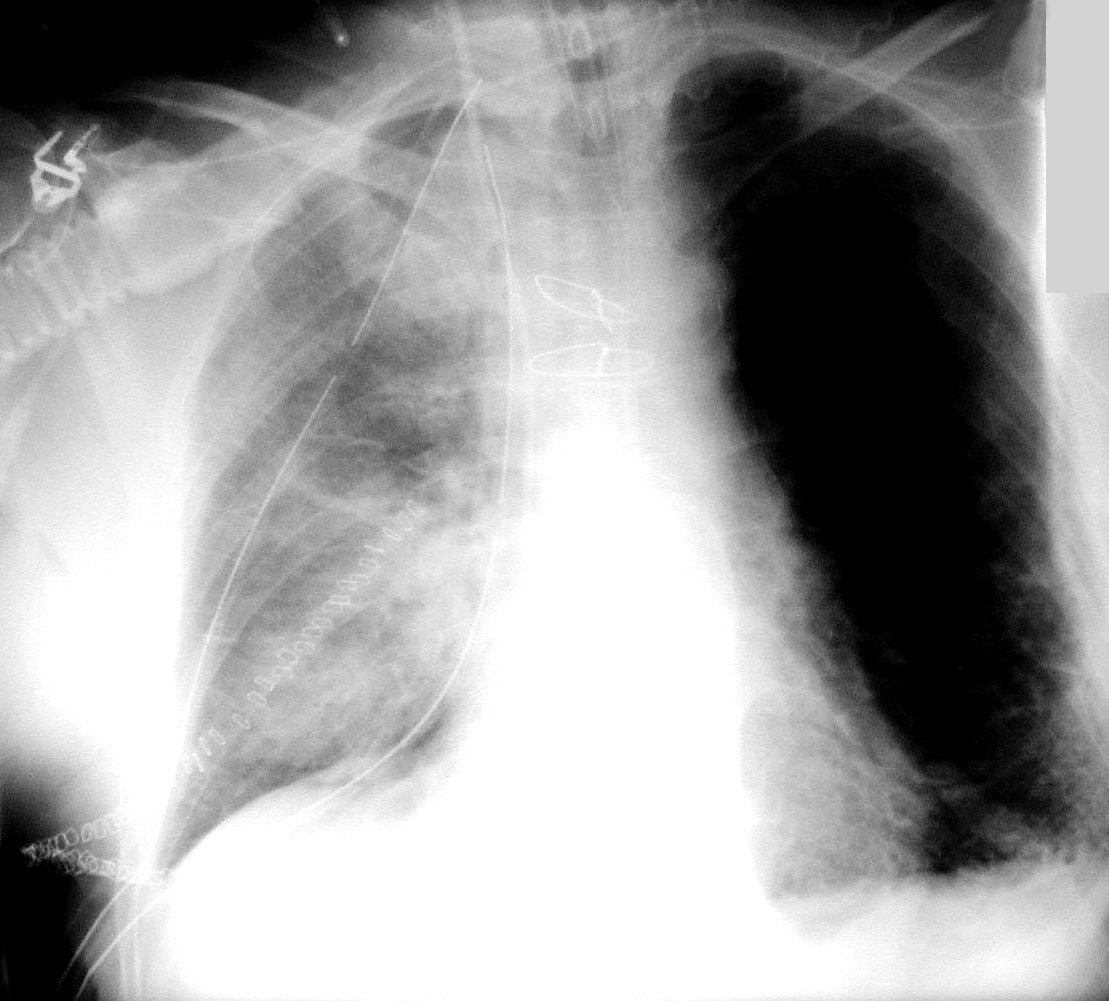On World TB Day, March 16, Dr. Margaret Chan, director-general of the World Health Organization, addressed public health professionals at the Centers for Disease Control and Prevention in Atlanta at the eighth annual Jeffrey P. Koplan Global Leadership in Public Health Lecture. In introducing Chan, Koplan noted their long-term friendship, which grew from their work together in China.
While in Atlanta, Chan also visited Emory to meet with President James Wagner and Emory Global Health Institute Director Koplan. She heard presentations about global health field projects by students in public health, medicine, and theology.
Chan recalled the “lost decade for development,†the 1980s, a dismal time for public health. The 1979 energy crisis followed by a recession made for tighter public health resources and few health care improvements worldwide, she explained. Some developing countries have still not recovered.
In contrast, public health has faired better in the new millennium, when the world has benefited from financial commitments backed by substantial resources, often from innovative sources, says Chan.
Read more












